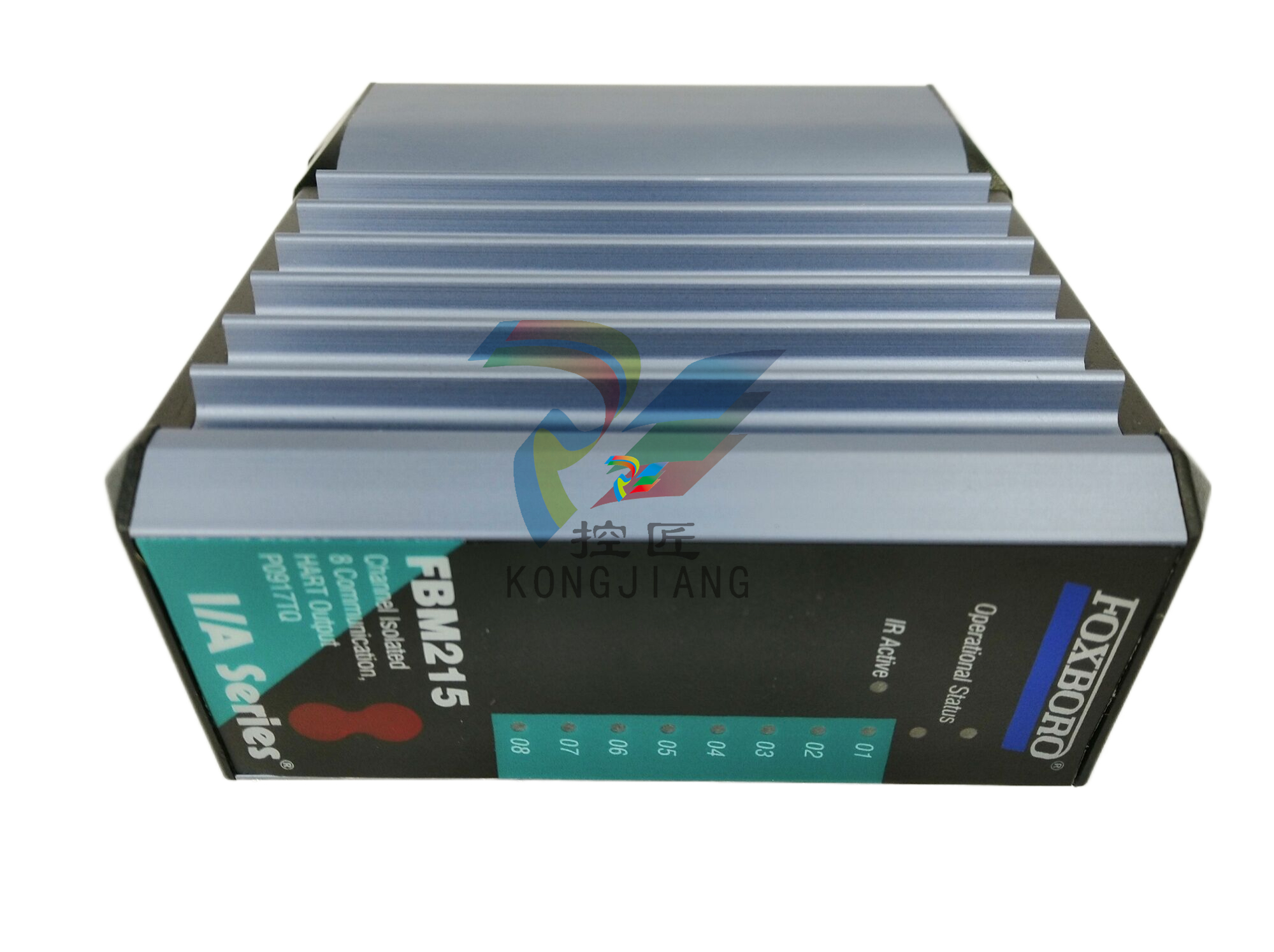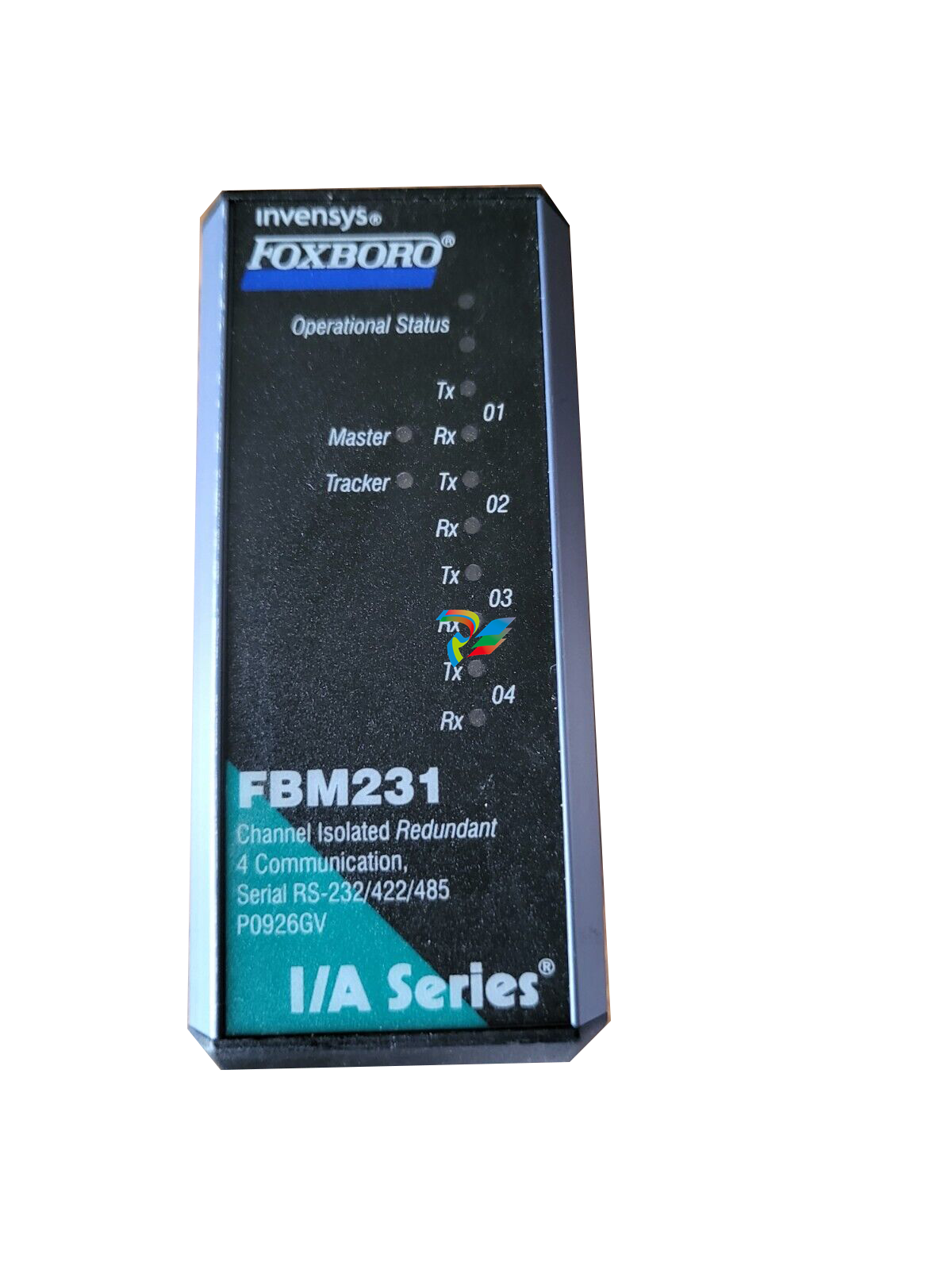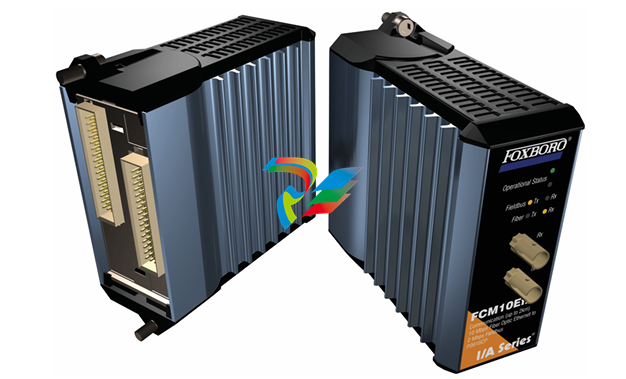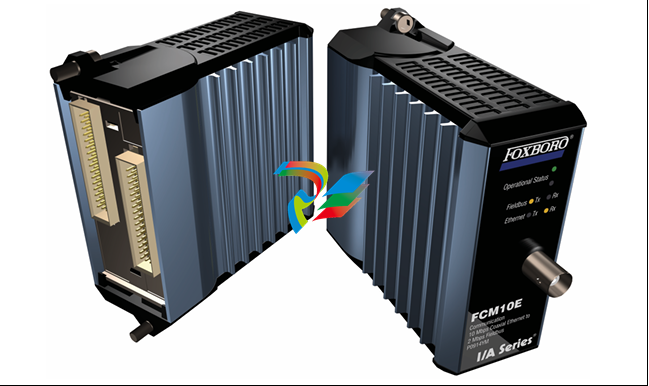
ABB FT-IR Gas Analyzer MBGAS-3000
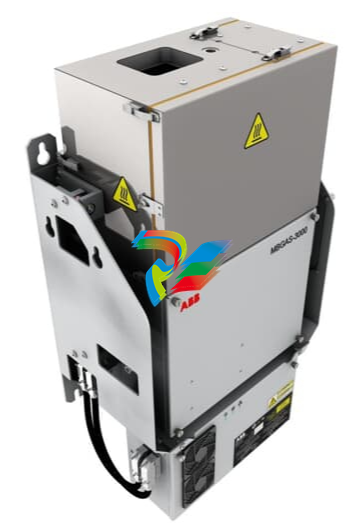 The ABB MBGAS-3000 FT-IR gas analyzer is mainly used for real-time analysis of multiple gas components during the combustion process. Its specific functions include: continuous monitoring of gas components: continuously and simultaneously measure the concentrations of up to 25 gases, such as SO2, HF, HCL, NOx, CO, CO2, NH3, H2O, etc. High-precision analysis: Based on Fourier Transform infrared spectroscopy (FTIR) technology, it offers high stability, sensitivity and measurement accuracy. Applied to emission monitoring in compliance with regulations: It meets emission standards such as EN15267-3:2008-3, provides predefined combustion monitoring analysis, and is suitable for fields such as waste incineration and industrial processes. Data recording and transmission: The design complies with HJ75 and HJ76 standards, recording and transmitting minute, hour, day, month and year data reports, and providing historical data query. Adapt to complex environments with high temperature and high humidity: Utilizing hot/wet sample extraction technology, it does not require water removal, adapting to high humidity and corrosive gas environments and avoiding sample distortion. Low maintenance: Long-life infrared light sources, on-site maintenance-free modules and maintenance-free interferometers reduce maintenance costs. System integration and maintenance are easy to integrate: It can be installed on a wall or a 19-inch rack, and the modular design facilitates on-site maintenance. Fast response: The long optical path detection cell and low-capacity design achieve a fast response time. In conclusion, the ABB MBGAS-3000 is a powerful gas analysis instrument suitable for various industrial environments, capable of providing accurate and reliable gas composition monitoring.
The ABB MBGAS-3000 FT-IR gas analyzer is mainly used for real-time analysis of multiple gas components during the combustion process. Its specific functions include: continuous monitoring of gas components: continuously and simultaneously measure the concentrations of up to 25 gases, such as SO2, HF, HCL, NOx, CO, CO2, NH3, H2O, etc. High-precision analysis: Based on Fourier Transform infrared spectroscopy (FTIR) technology, it offers high stability, sensitivity and measurement accuracy. Applied to emission monitoring in compliance with regulations: It meets emission standards such as EN15267-3:2008-3, provides predefined combustion monitoring analysis, and is suitable for fields such as waste incineration and industrial processes. Data recording and transmission: The design complies with HJ75 and HJ76 standards, recording and transmitting minute, hour, day, month and year data reports, and providing historical data query. Adapt to complex environments with high temperature and high humidity: Utilizing hot/wet sample extraction technology, it does not require water removal, adapting to high humidity and corrosive gas environments and avoiding sample distortion. Low maintenance: Long-life infrared light sources, on-site maintenance-free modules and maintenance-free interferometers reduce maintenance costs. System integration and maintenance are easy to integrate: It can be installed on a wall or a 19-inch rack, and the modular design facilitates on-site maintenance. Fast response: The long optical path detection cell and low-capacity design achieve a fast response time. In conclusion, the ABB MBGAS-3000 is a powerful gas analysis instrument suitable for various industrial environments, capable of providing accurate and reliable gas composition monitoring.
Technical Specifications and technical principles: Fourier Transform Infrared Spectroscopy (FTIR) technology. Measured components: It can continuously monitor various gas components in flue gas such as HF, SO22, HCl, NO xx, CO, CO 22, NH 33, H 22 O, and O 22. Measurement range: Different measurement ranges can be customized according to specific gas components and customer requirements. Wavelength range: 600-105000px −1−1. The optical path of the detection cell is 3.24 meters. Performance features: Stability: It has excellent stability and can provide accurate measurement results. Sensitivity: High sensitivity, capable of detecting low-concentration gas components. Repeatability: The accuracy of repeated measurements carried out by the same instrument is high. Reproducibility: The accuracy of repeated measurements by different instruments is high. The system consists of a gas sampling pretreatment unit: it performs pretreatment such as filtration and heating on the sample gas to ensure its cleanliness and stability. Fourier Transform infrared analyzer: Core analytical component, based on FTIR technology for qualitative and quantitative analysis of gas components. Data acquisition and processing unit: Collects, processes and analyzes measurement data, providing real-time monitoring results and historical data query functions. Application scope: Waste incineration treatment of domestic waste, medical waste, hazardous waste, etc. Other industries: power plants, building materials industry, metallurgical industry, food industry and feed processing, etc. Other parameters: Operating temperature: All components from sampling pretreatment to detection and analysis operate at a high temperature of 180°C. Interface: It provides multiple communication interfaces, such as MODBUS RS485, S7-TCP, MODBUS RS232, etc., facilitating integration with other systems. Please note that the above parameters may not be all. Specific parameters may vary depending on different application scenarios and customer requirements. It is recommended to contact ABB directly or the relevant agent to obtain the latest product manual and technical specification sheet to get the most accurate and detailed parameter information.
The advantages of the ABB FT-IR gas analyzer MBGAS-3000 include: simultaneous analysis of multiple components: It can measure the concentration of up to 25 gases simultaneously, making it suitable for monitoring complex combustion processes. High stability and accuracy: Based on Fourier Transform Infrared spectroscopy (FTIR) technology, it features outstanding stability, sensitivity and measurement precision. Hot/wet operation: Utilizing hot/wet sample extraction technology, it does not require water removal, maintains sample integrity, and can measure gases that are easily soluble in water. Low maintenance cost: Infrared light sources have a long lifespan, and their modular design facilitates on-site maintenance, reducing maintenance costs. Fast response: Compact design with short response time, it can quickly detect changes in gas concentration. Flexible calibration: Supports single-point calibration, with short calibration time, which improves operational efficiency. Reliable and durable: The embedded software is designed with advanced technology, ensuring high system reliability and suitability for various industrial environments. Easy integration: It can be wall-mounted or rack-mounted, and is easy to integrate with other systems to meet different application requirements. These advantages have enabled the MBGAS-3000 to be widely applied in fields such as waste incineration, power plants, and industrial process control.
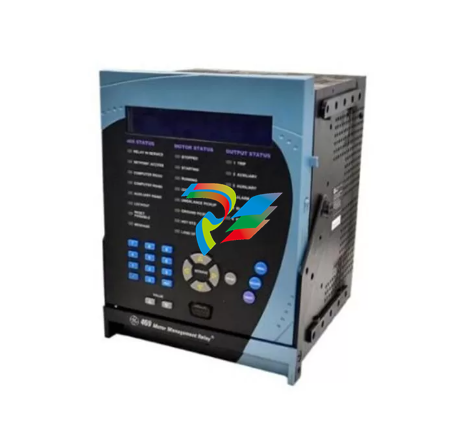
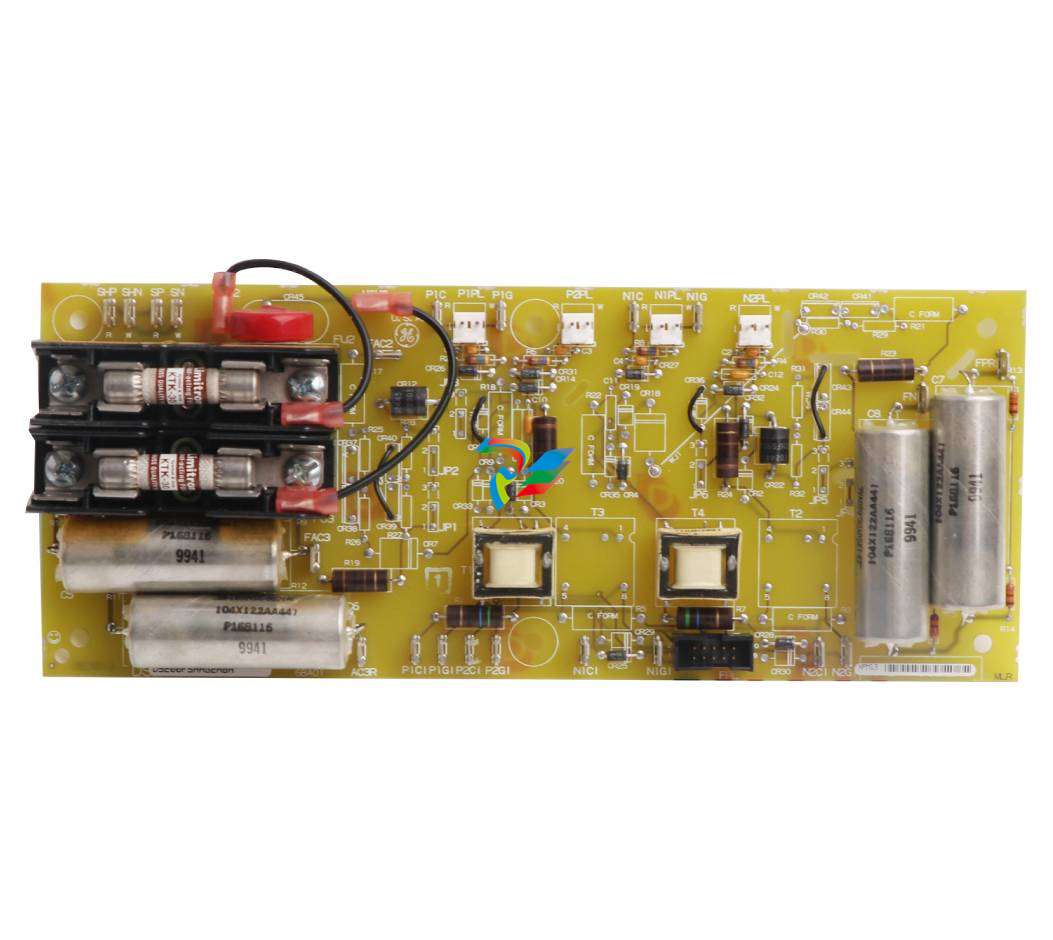

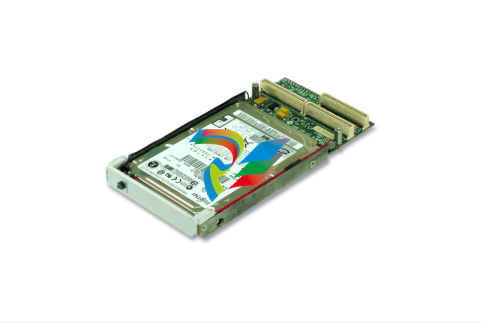
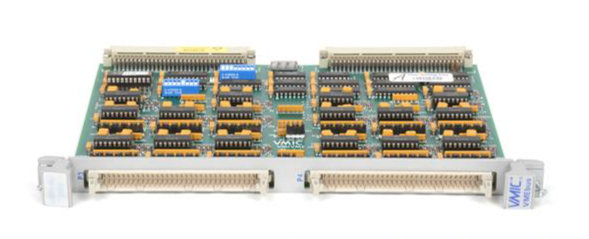
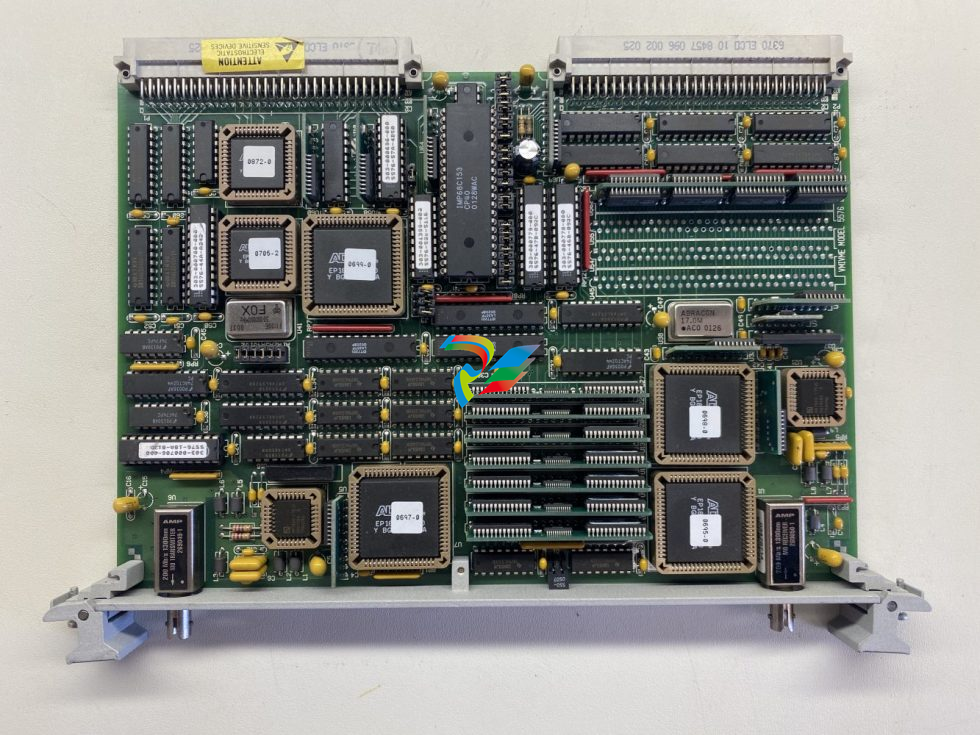
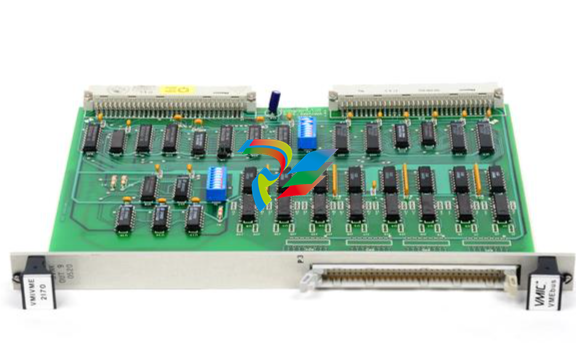
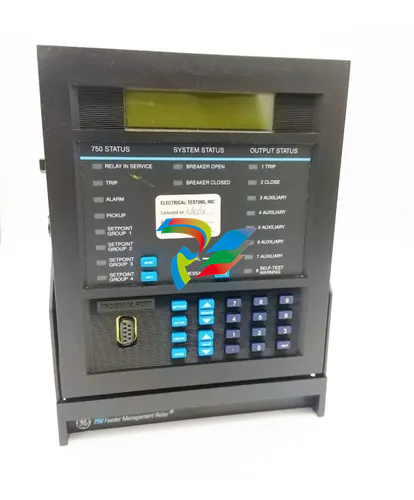

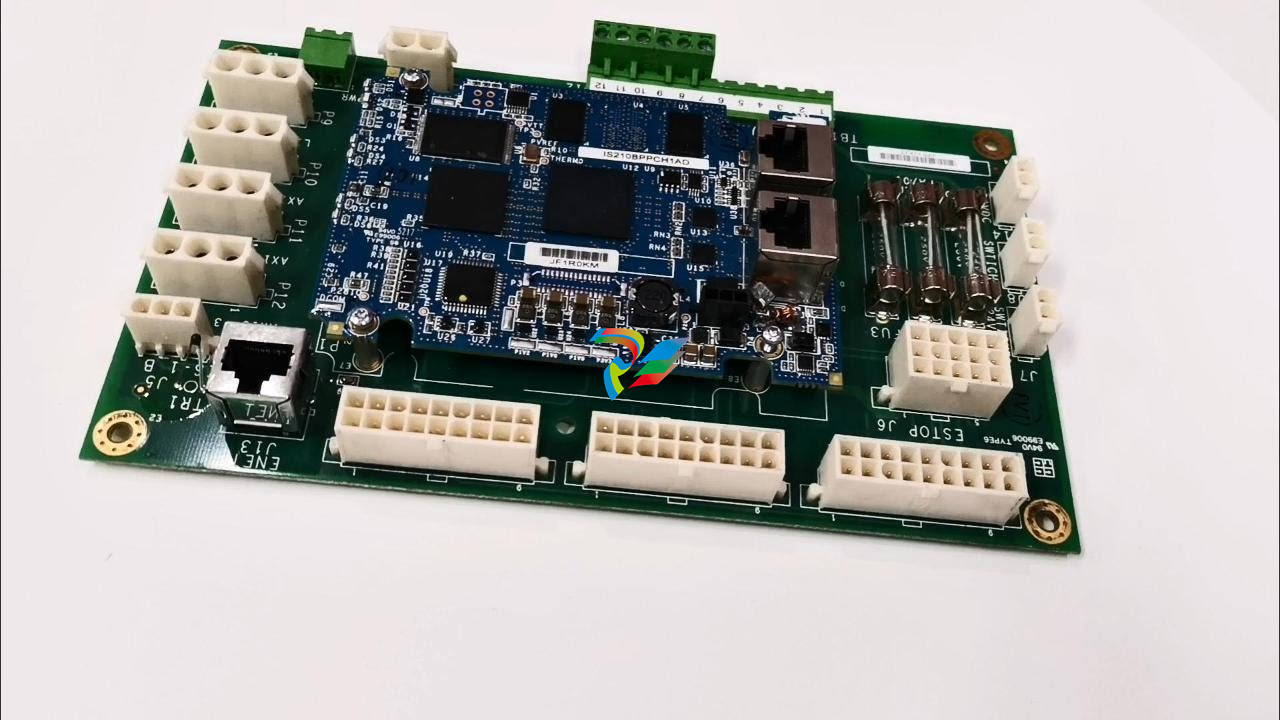
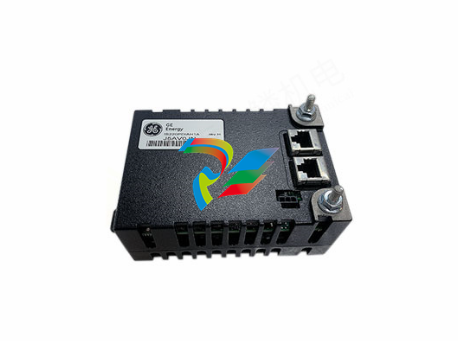



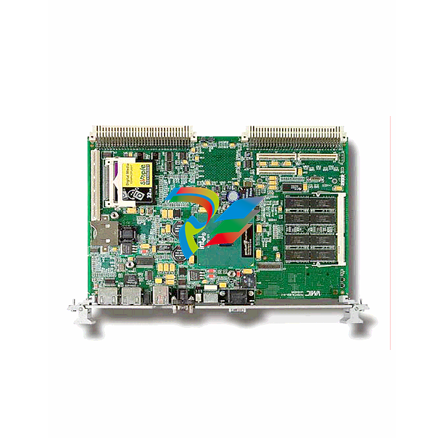
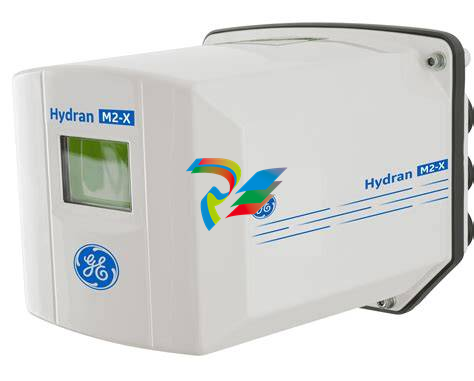




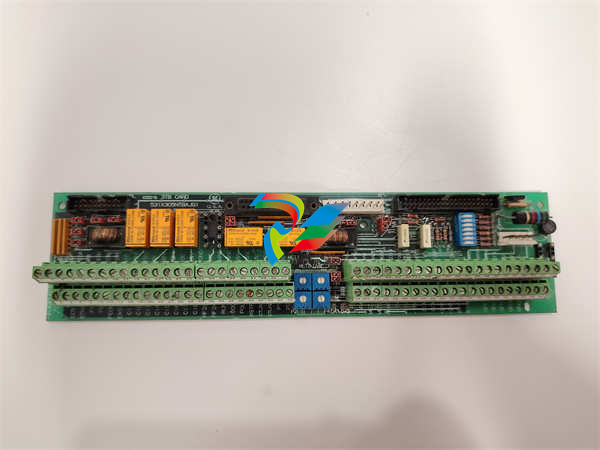

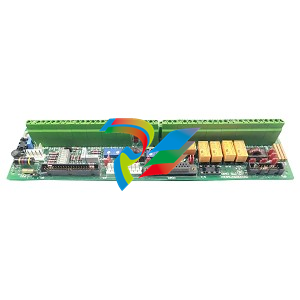
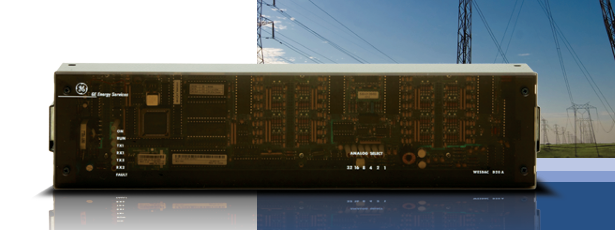

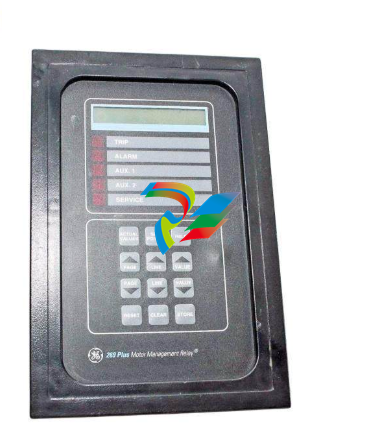
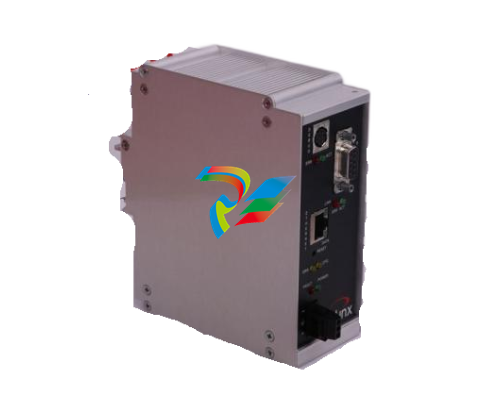
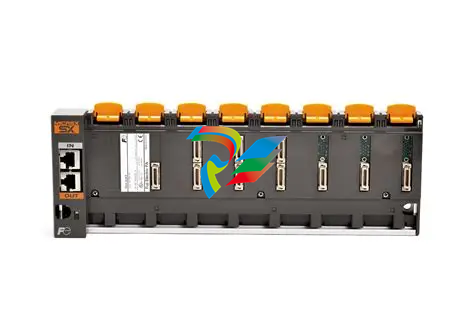

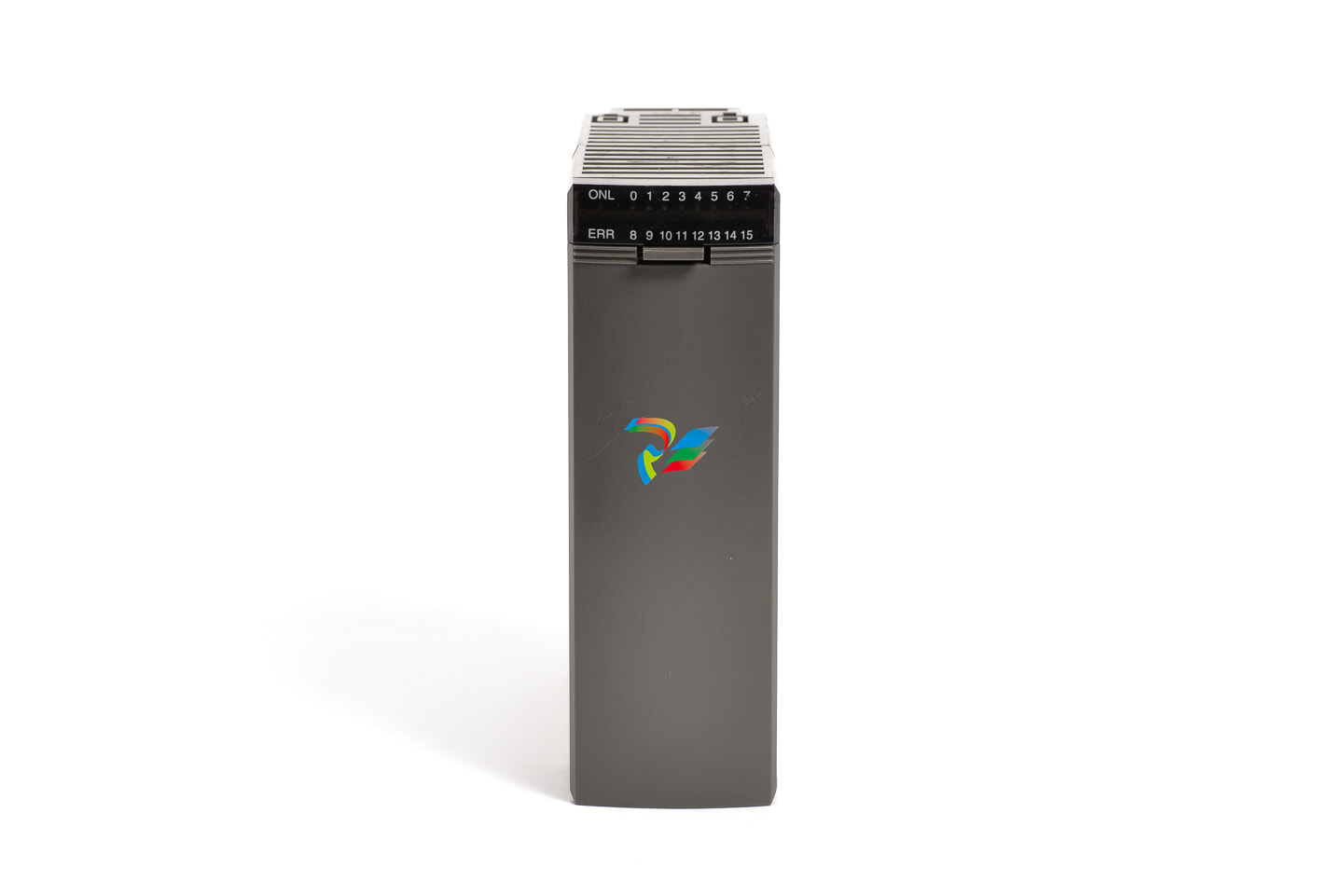
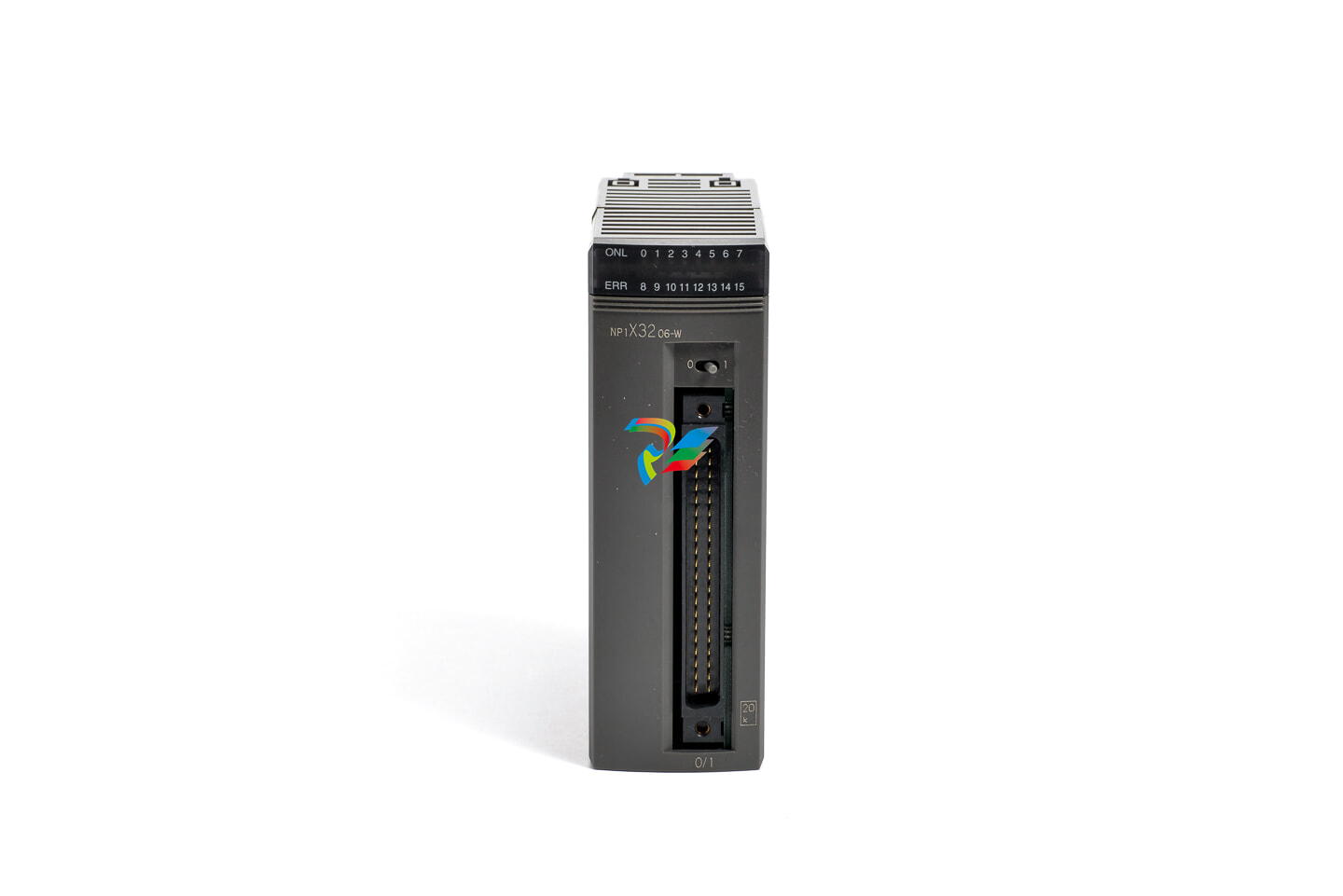
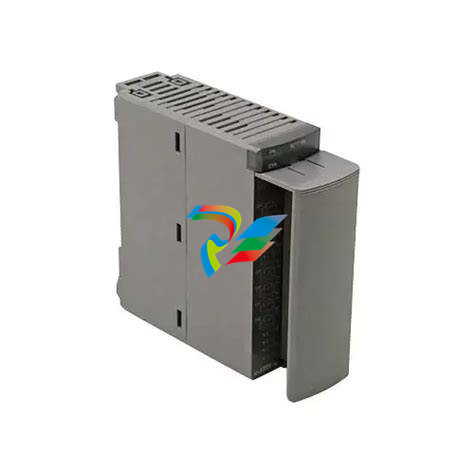
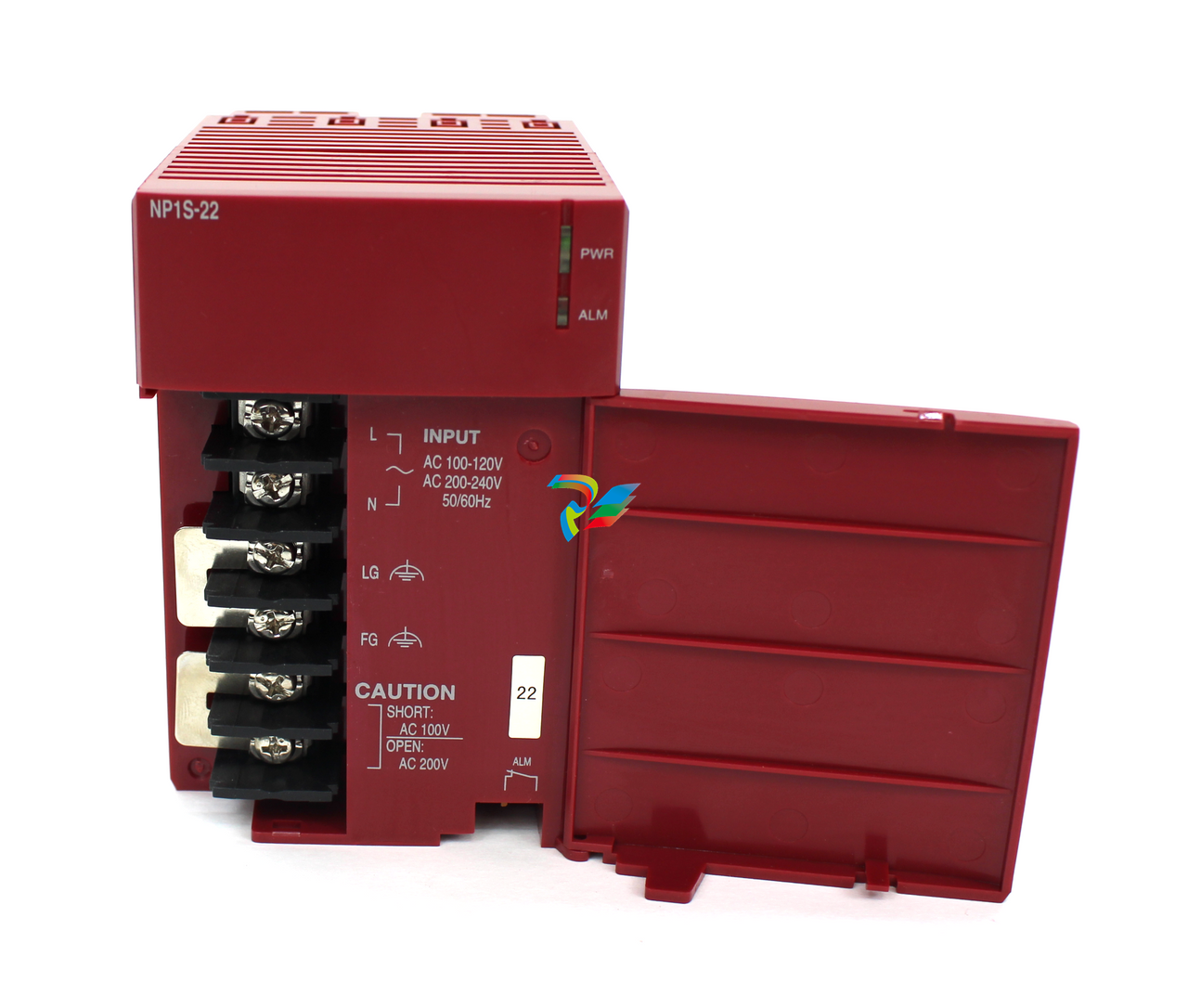
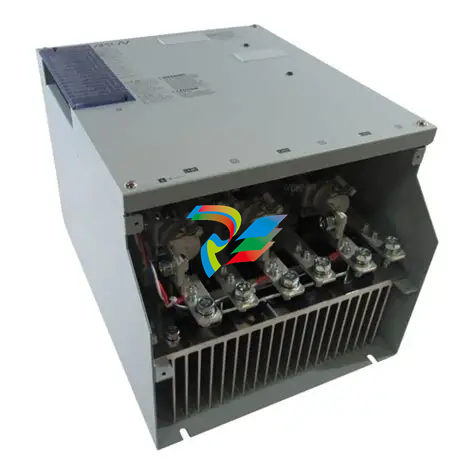
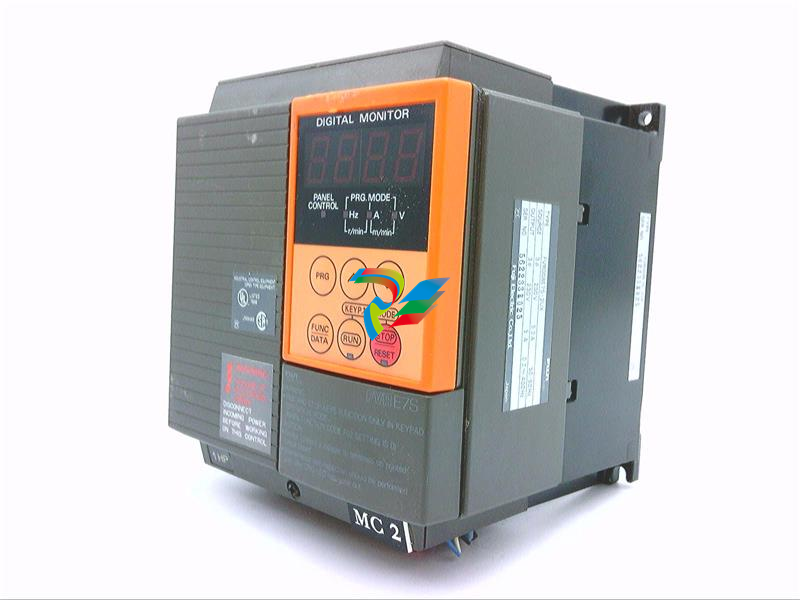

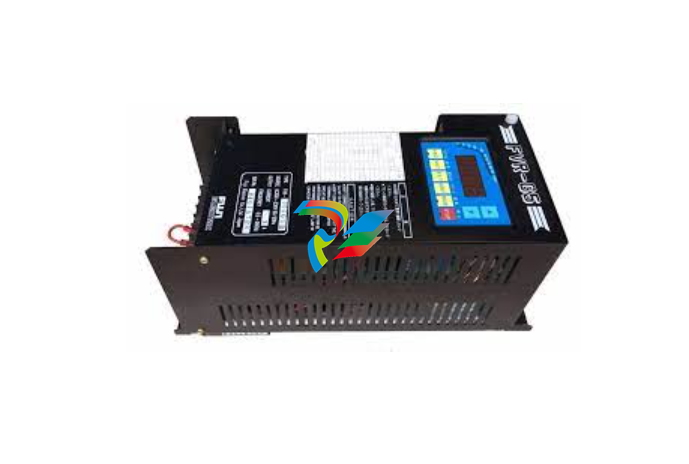

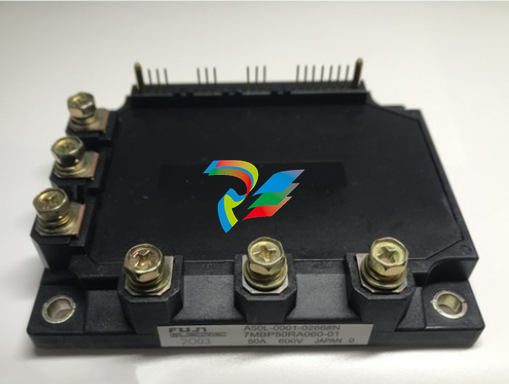
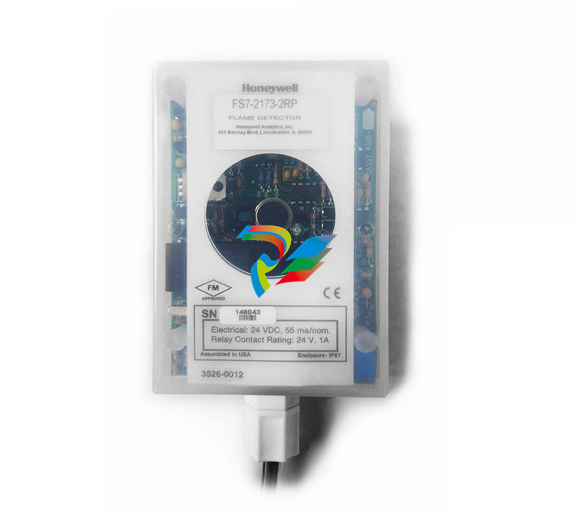
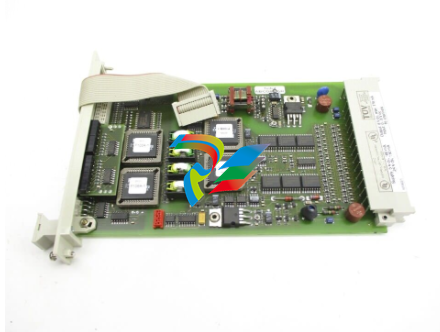
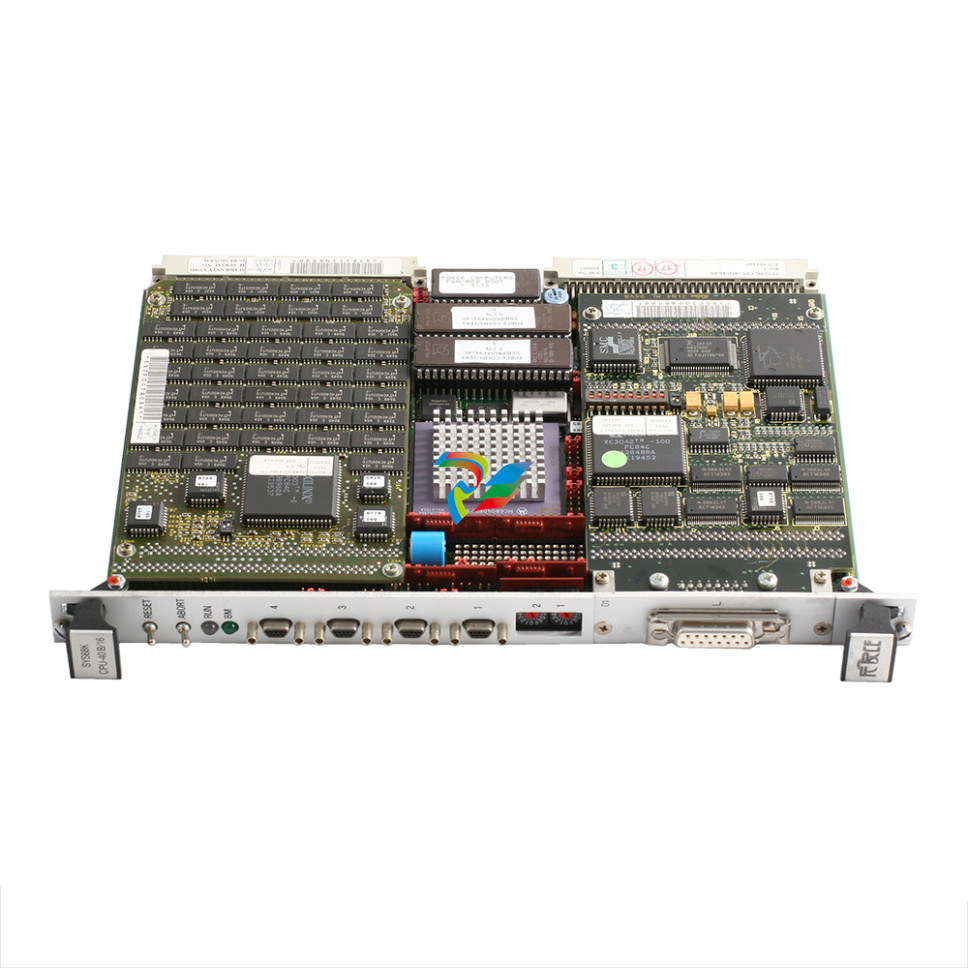
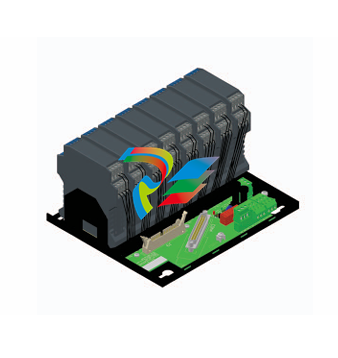
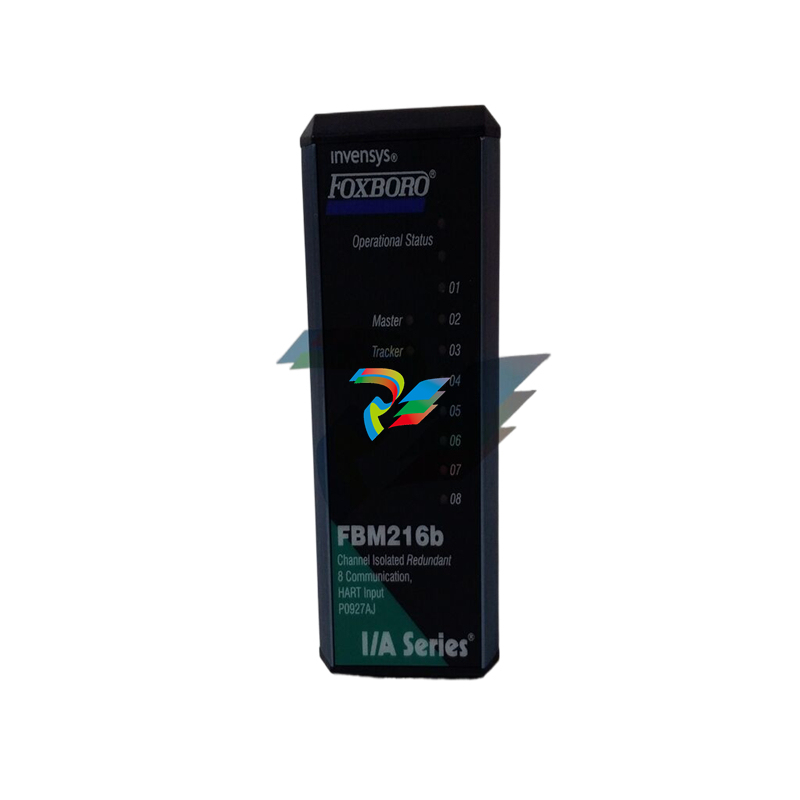
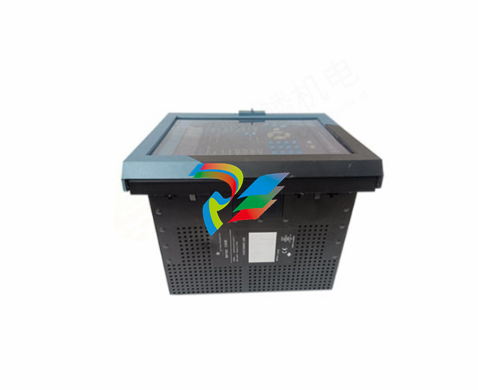
.jpg)
.jpg)
.jpg)


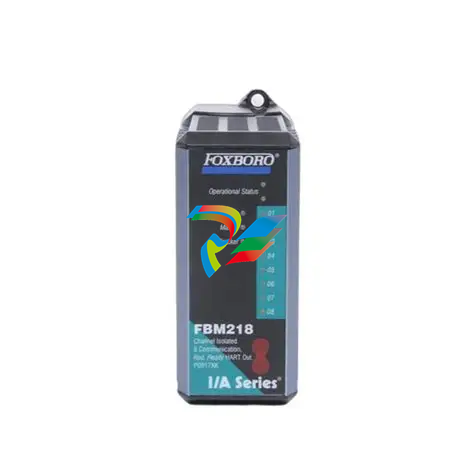
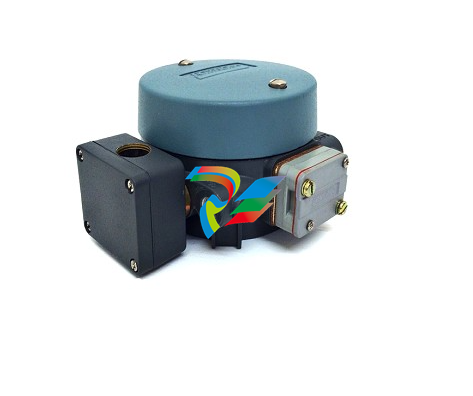
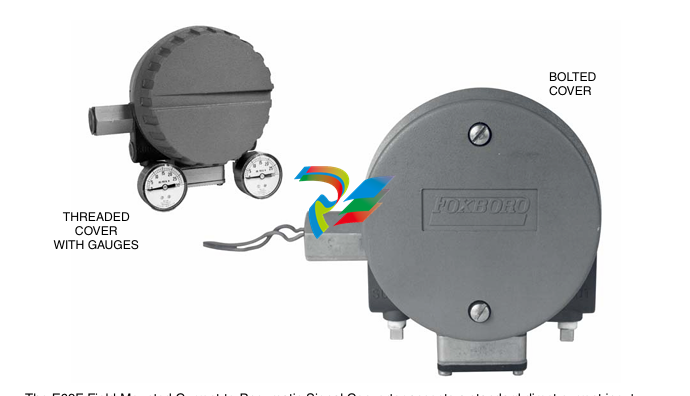
.jpg)
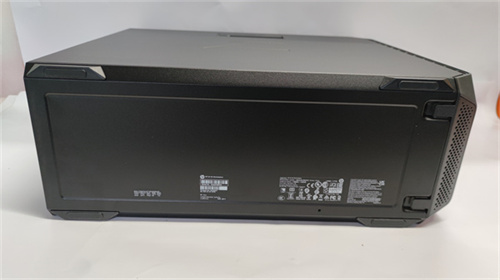
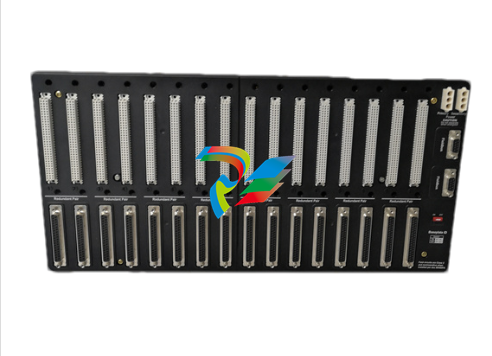
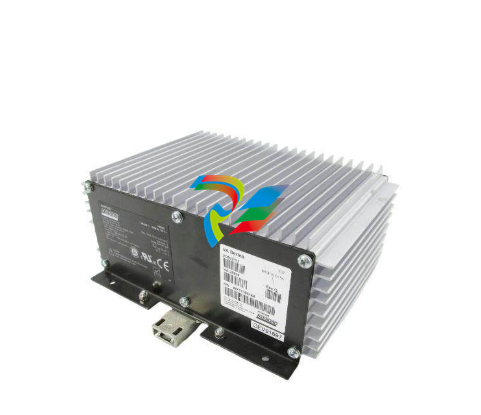
.png)
.jpg)

.jpg)
_lVjBYb.jpg)
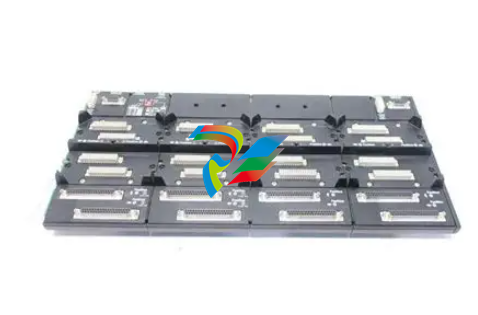
.jpg)
.jpg)
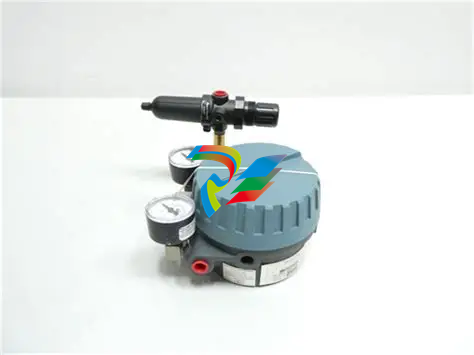
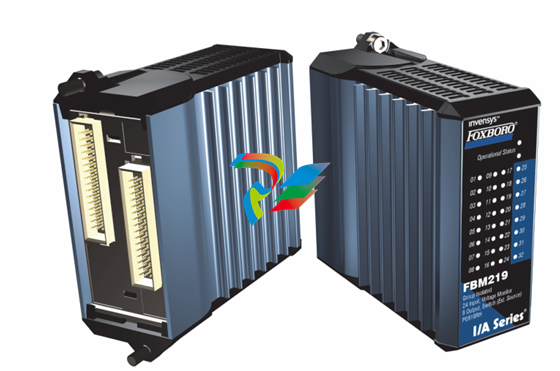
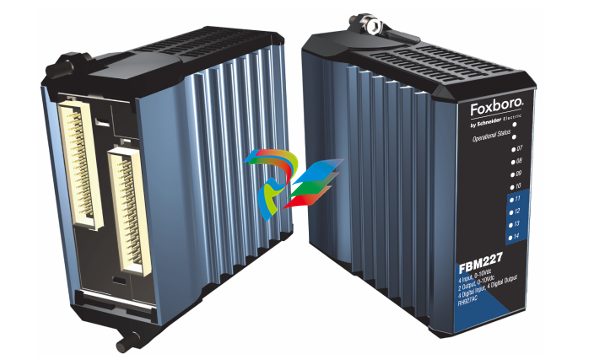
.jpg)
.jpg)
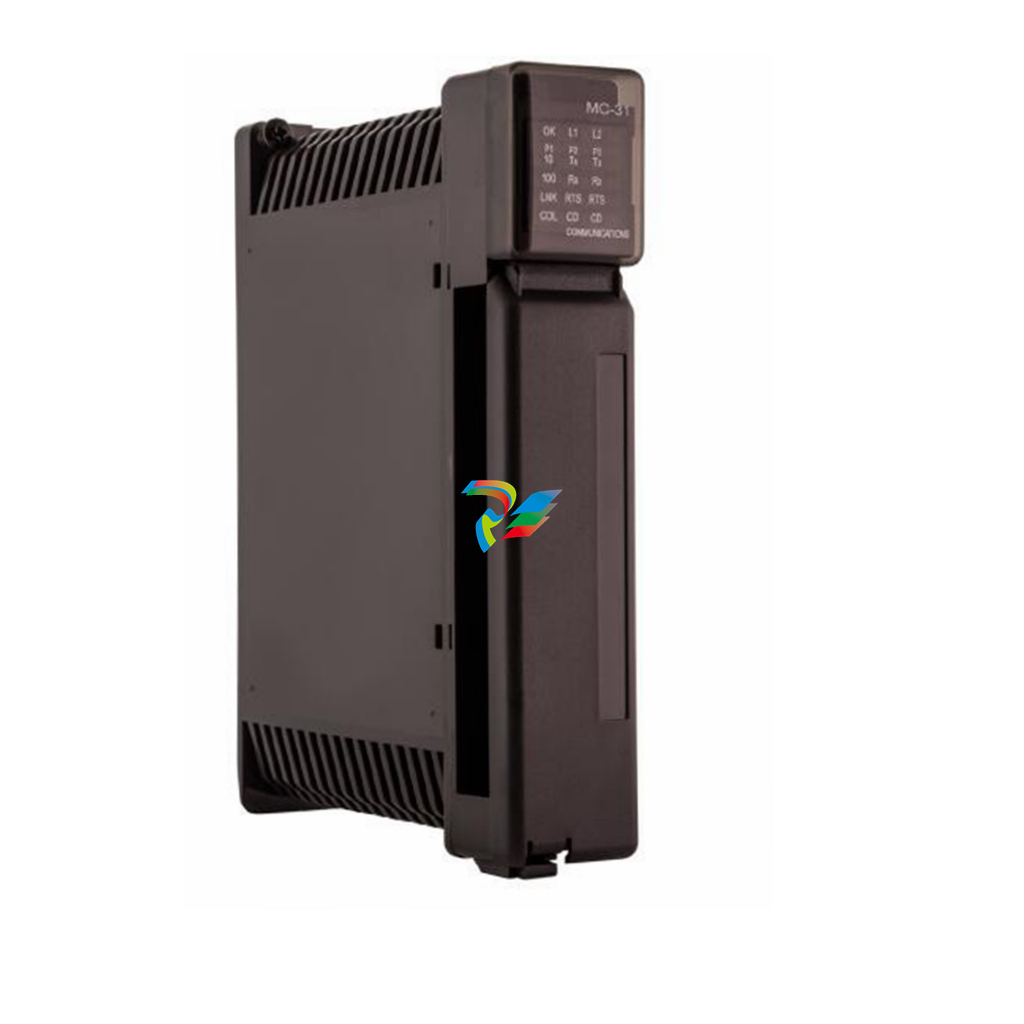
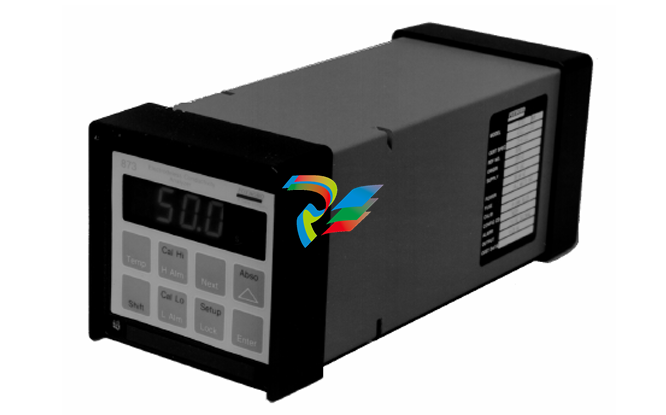
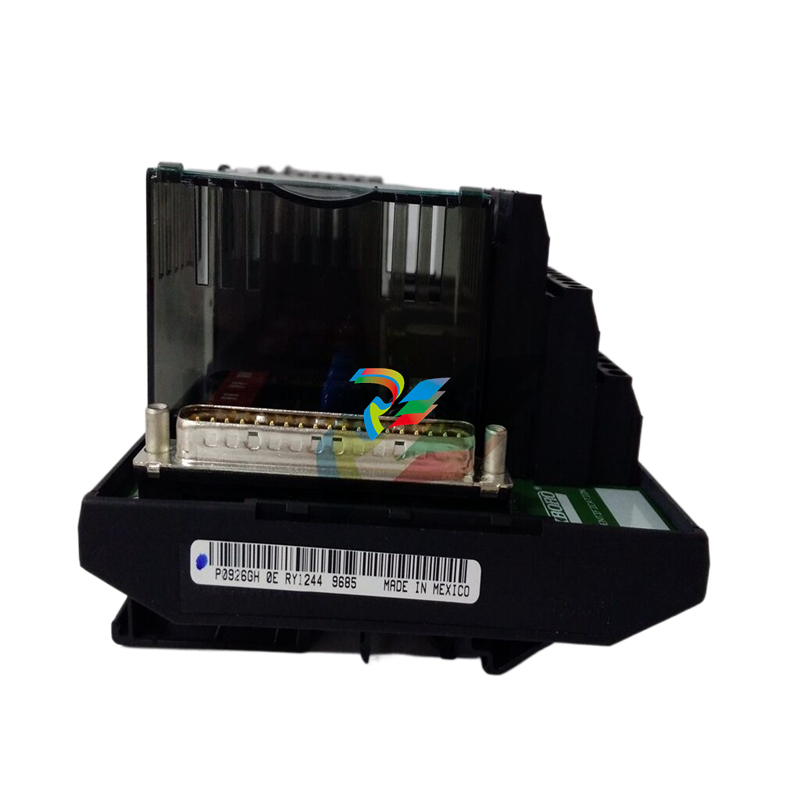
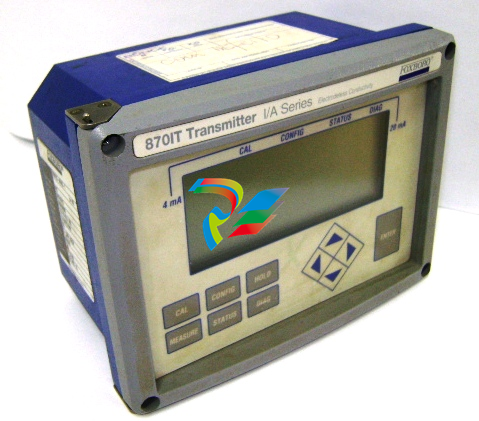
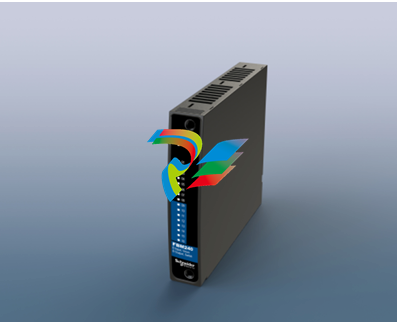
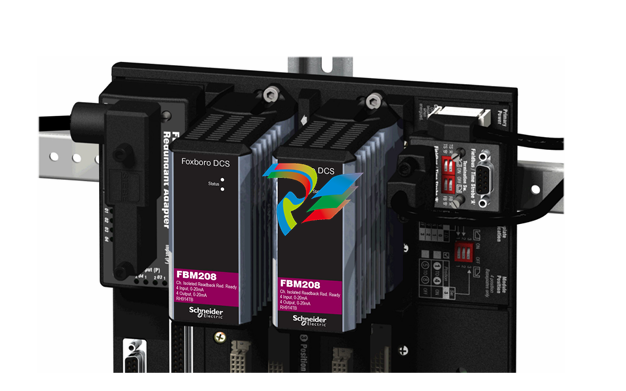
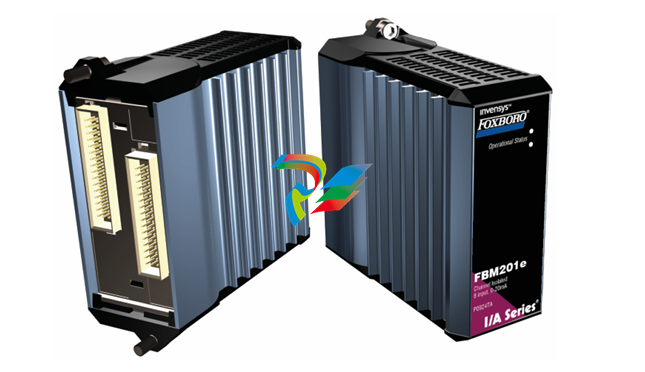
.jpg)
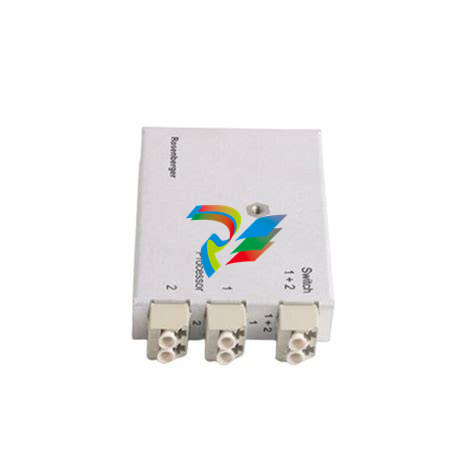
.jpg)
.jpg)
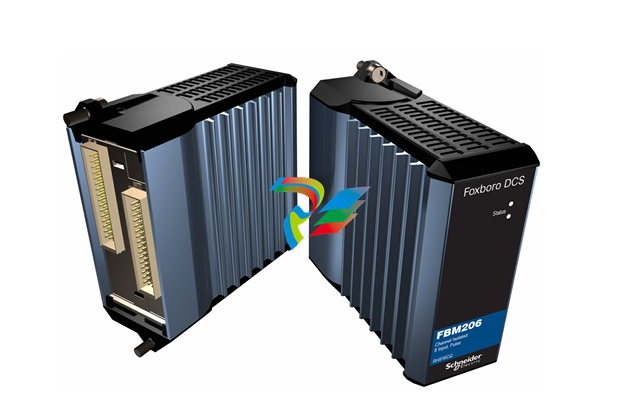
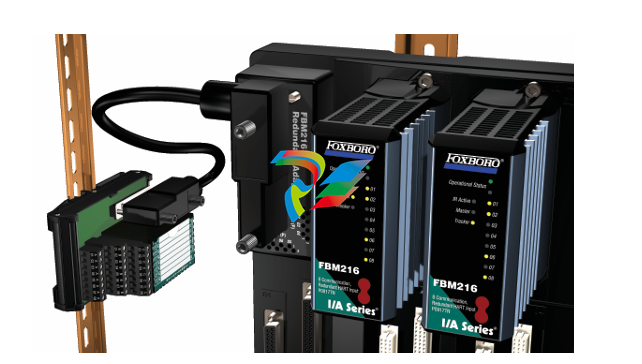
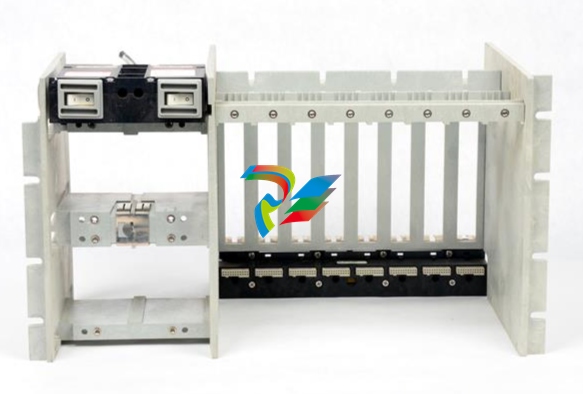
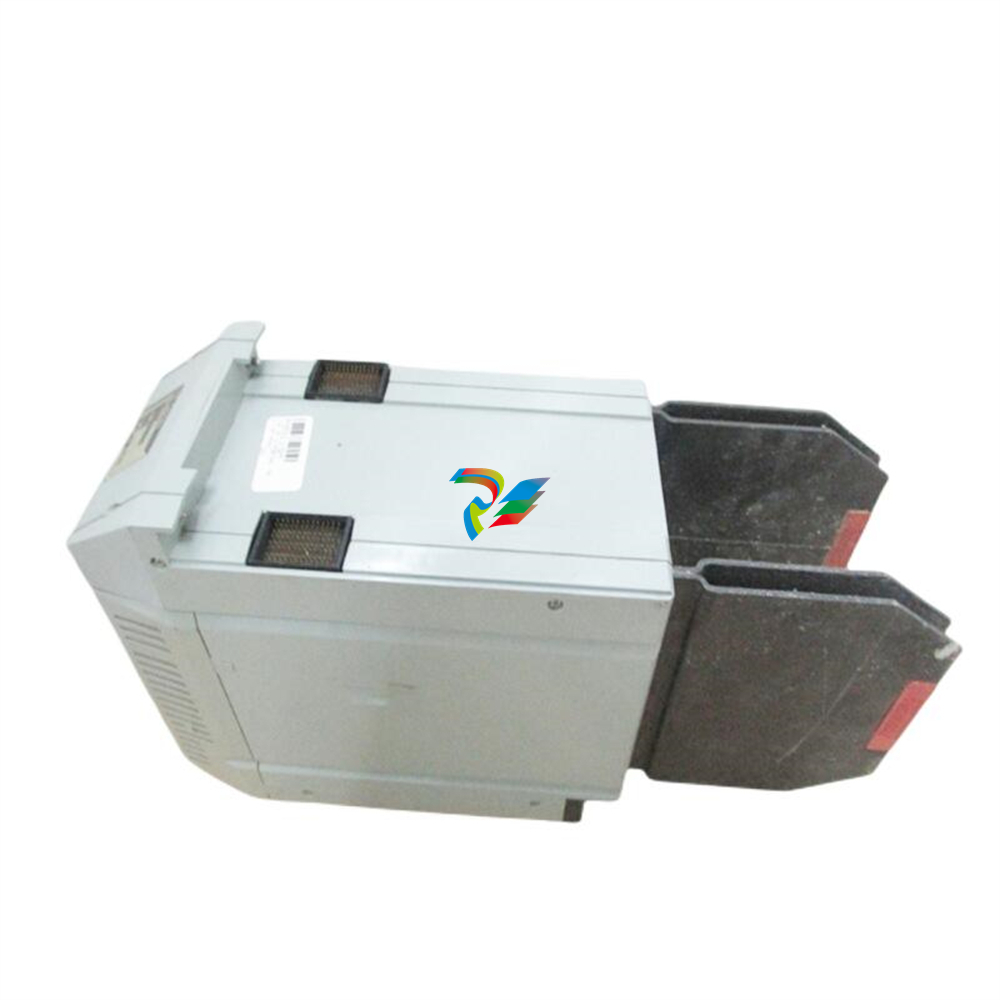
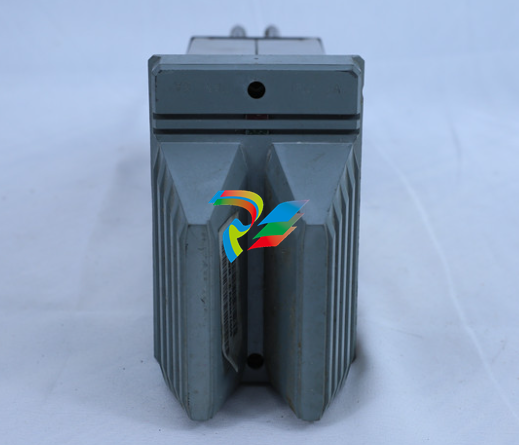
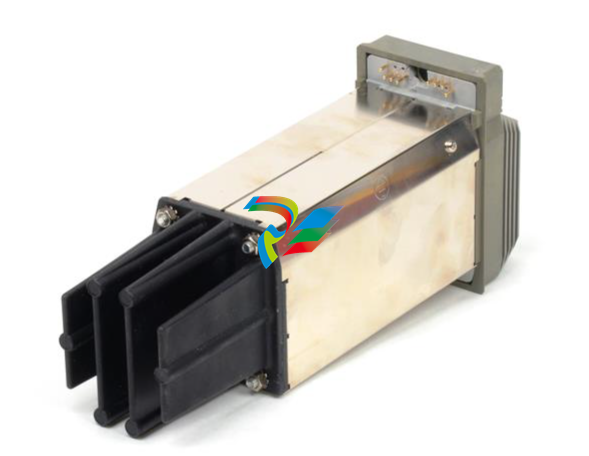
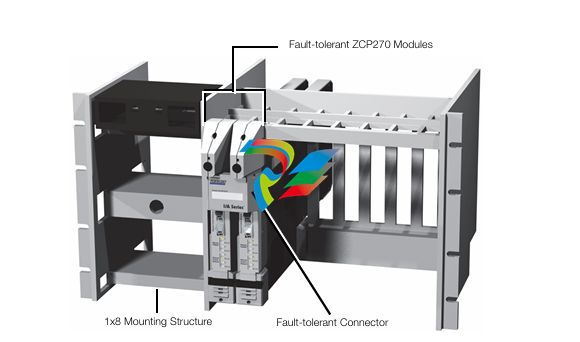
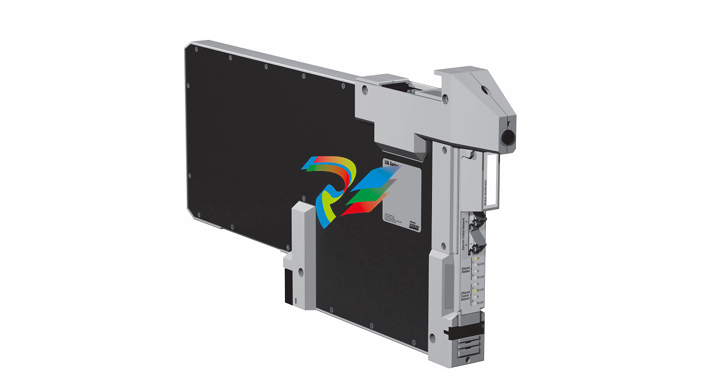
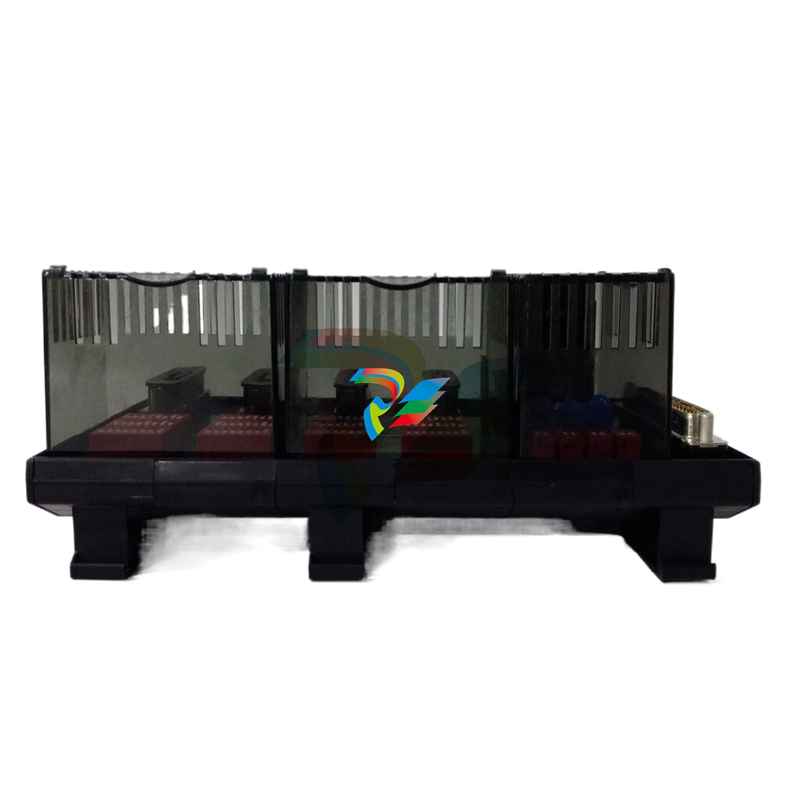
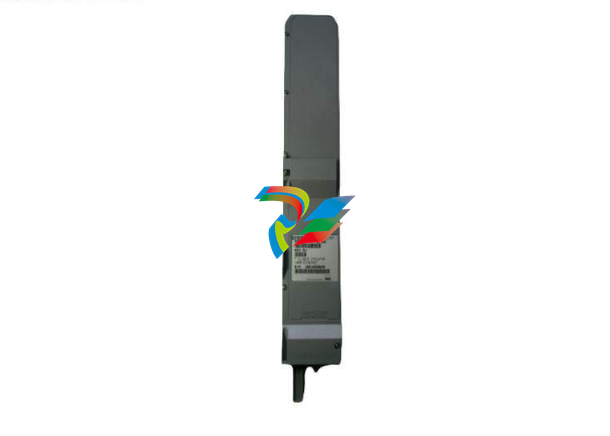
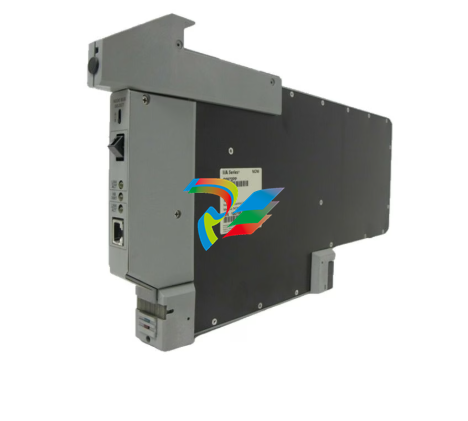
.jpg)

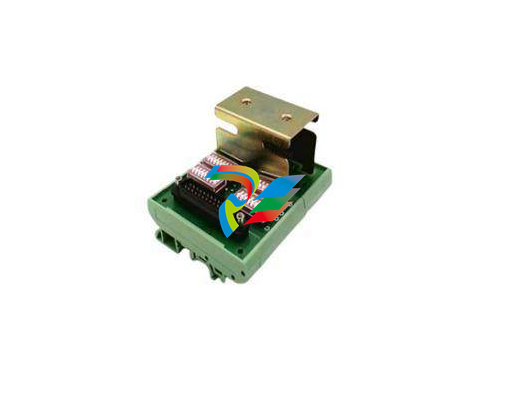
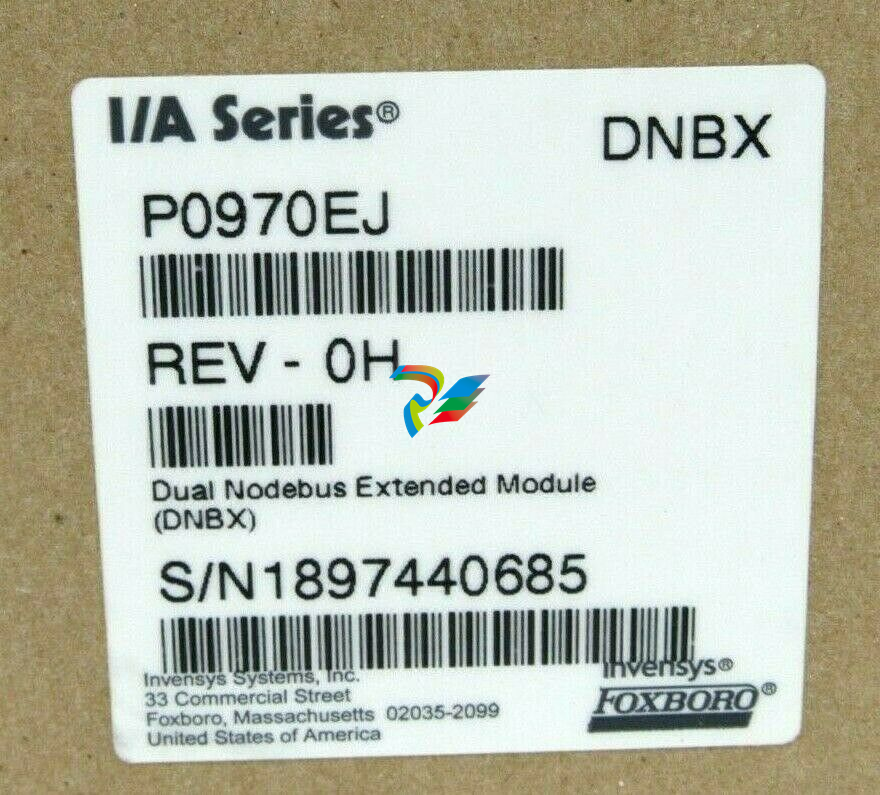
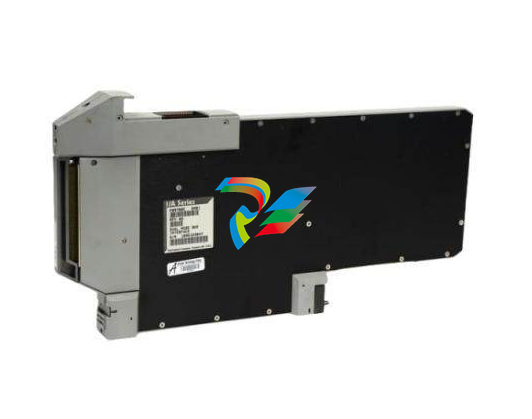
.jpg)
.jpg)
.jpg)
.jpg)
.jpg)
.jpg)

.jpg)
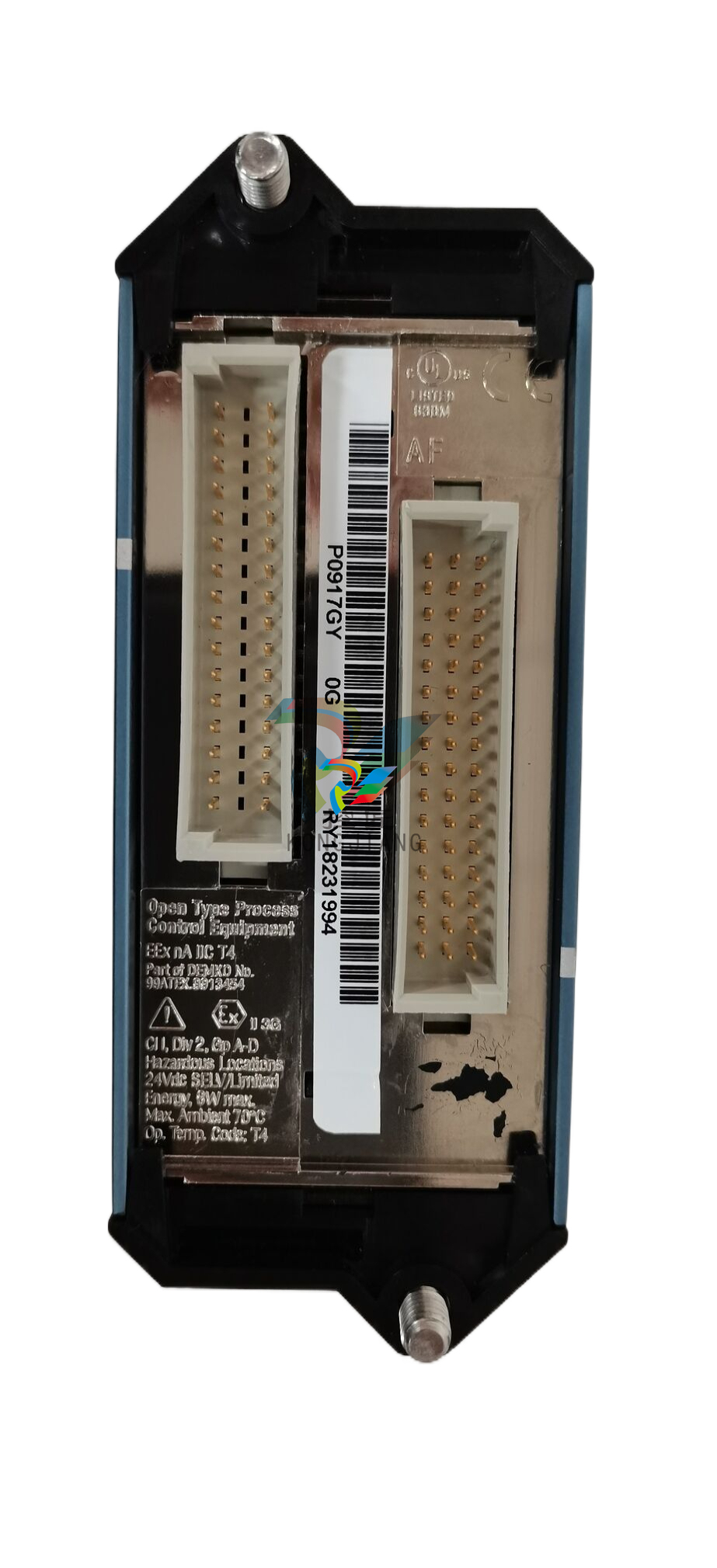
.jpg)
.jpg)
.jpg)
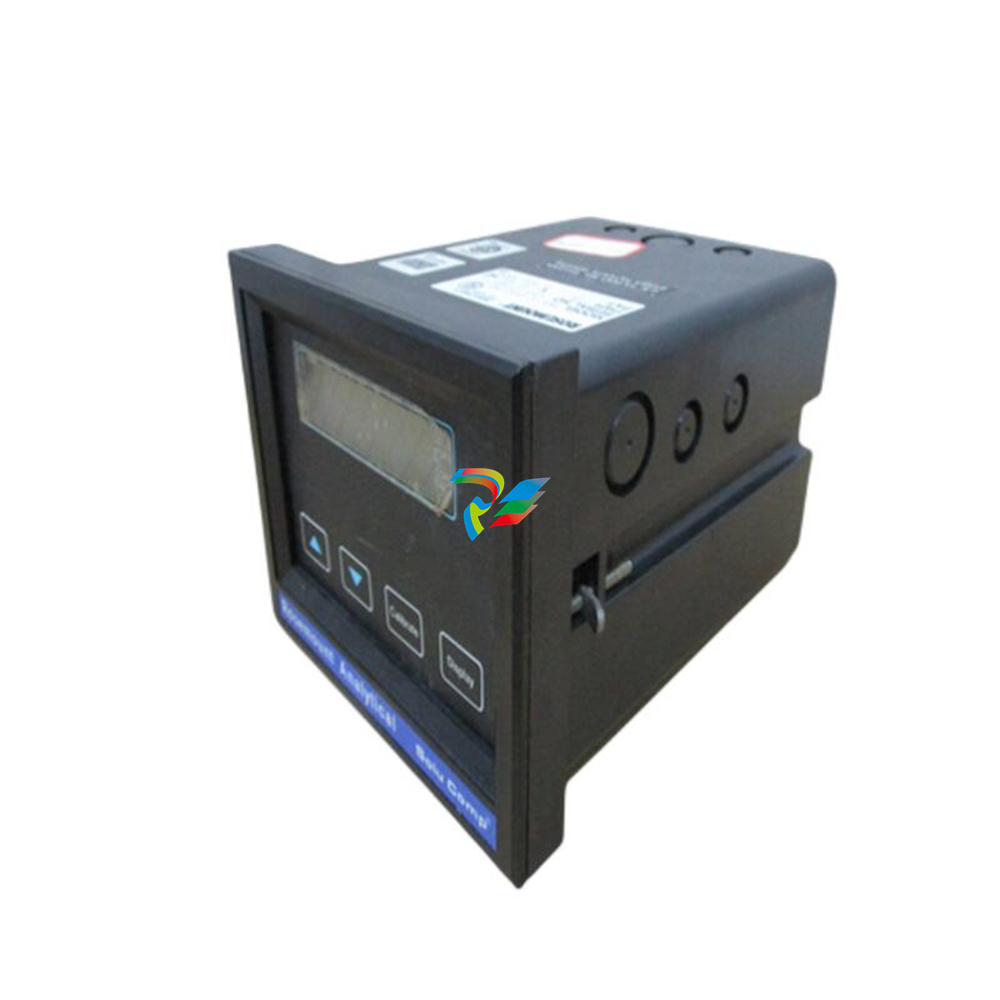
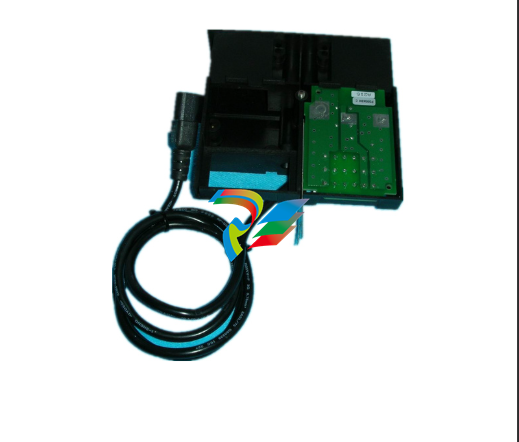
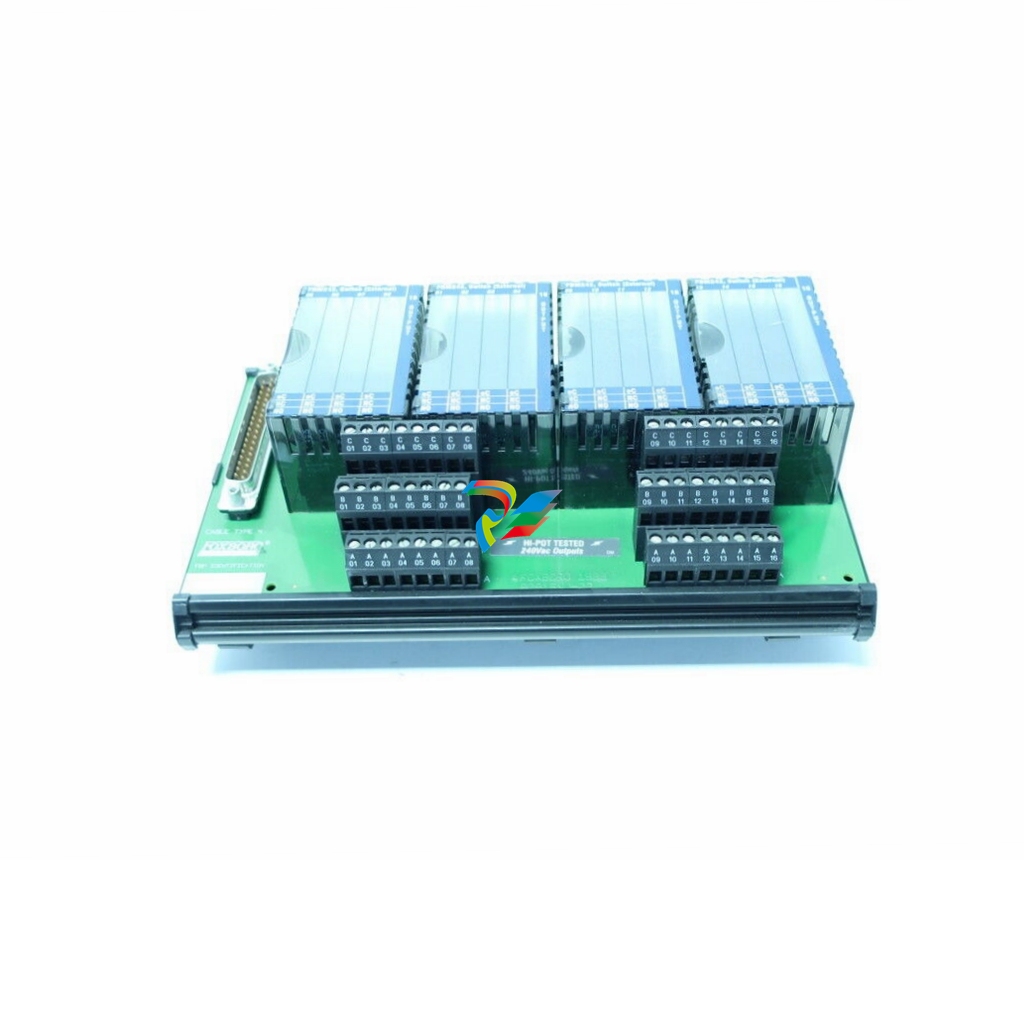


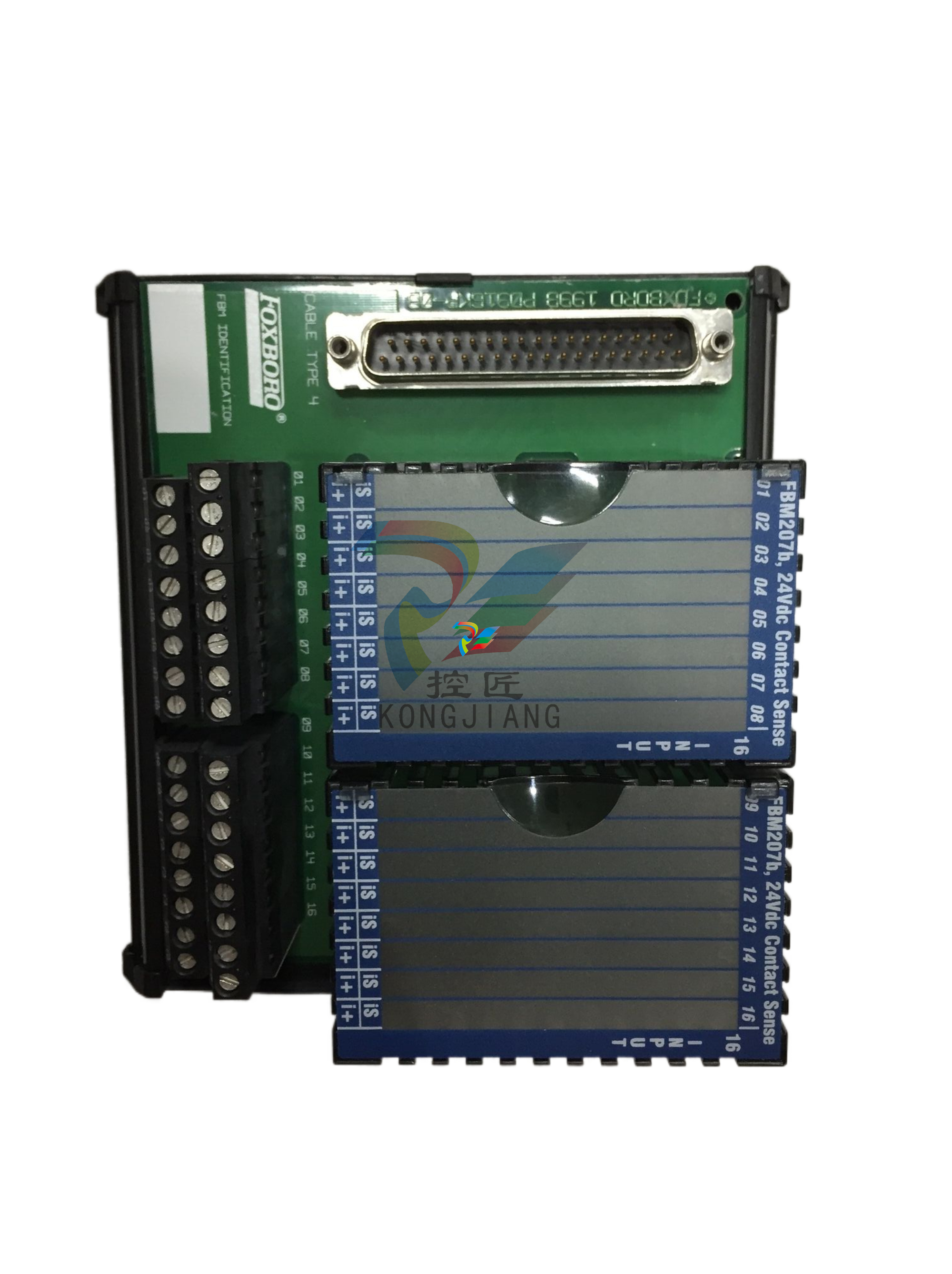
.jpg)
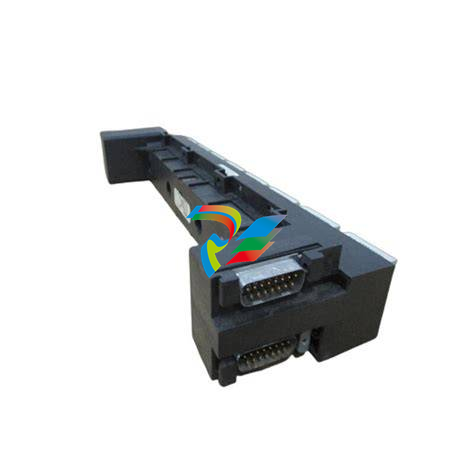
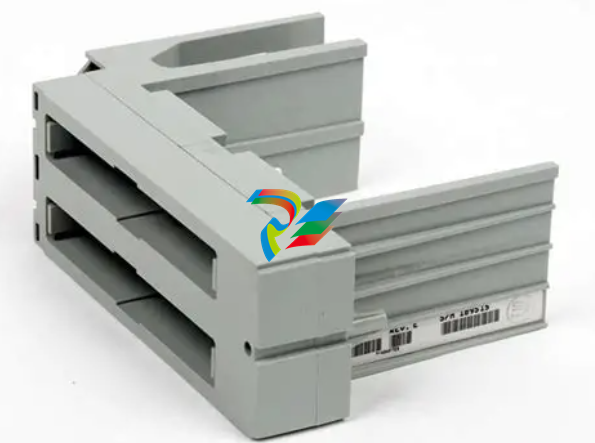
.jpg)
